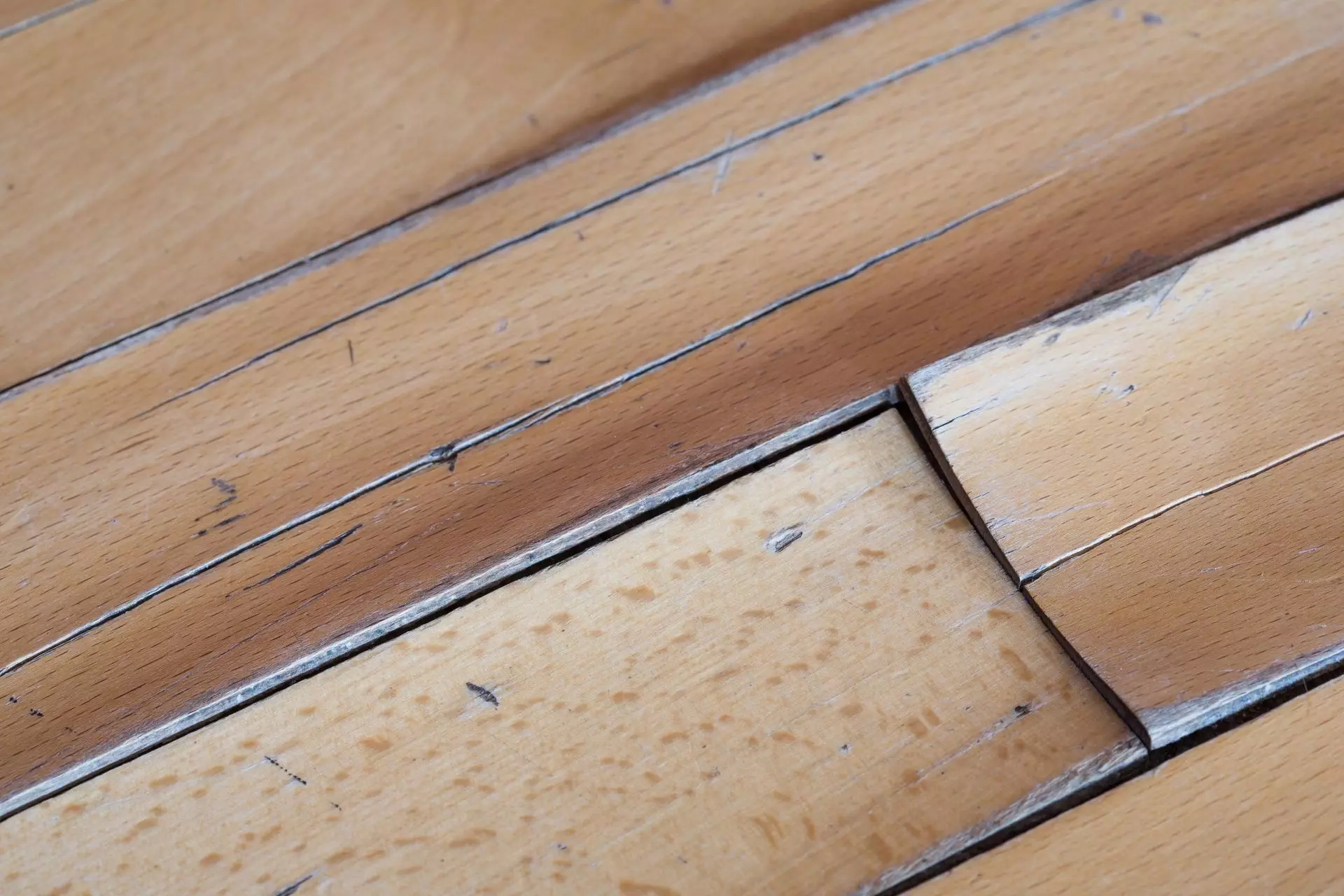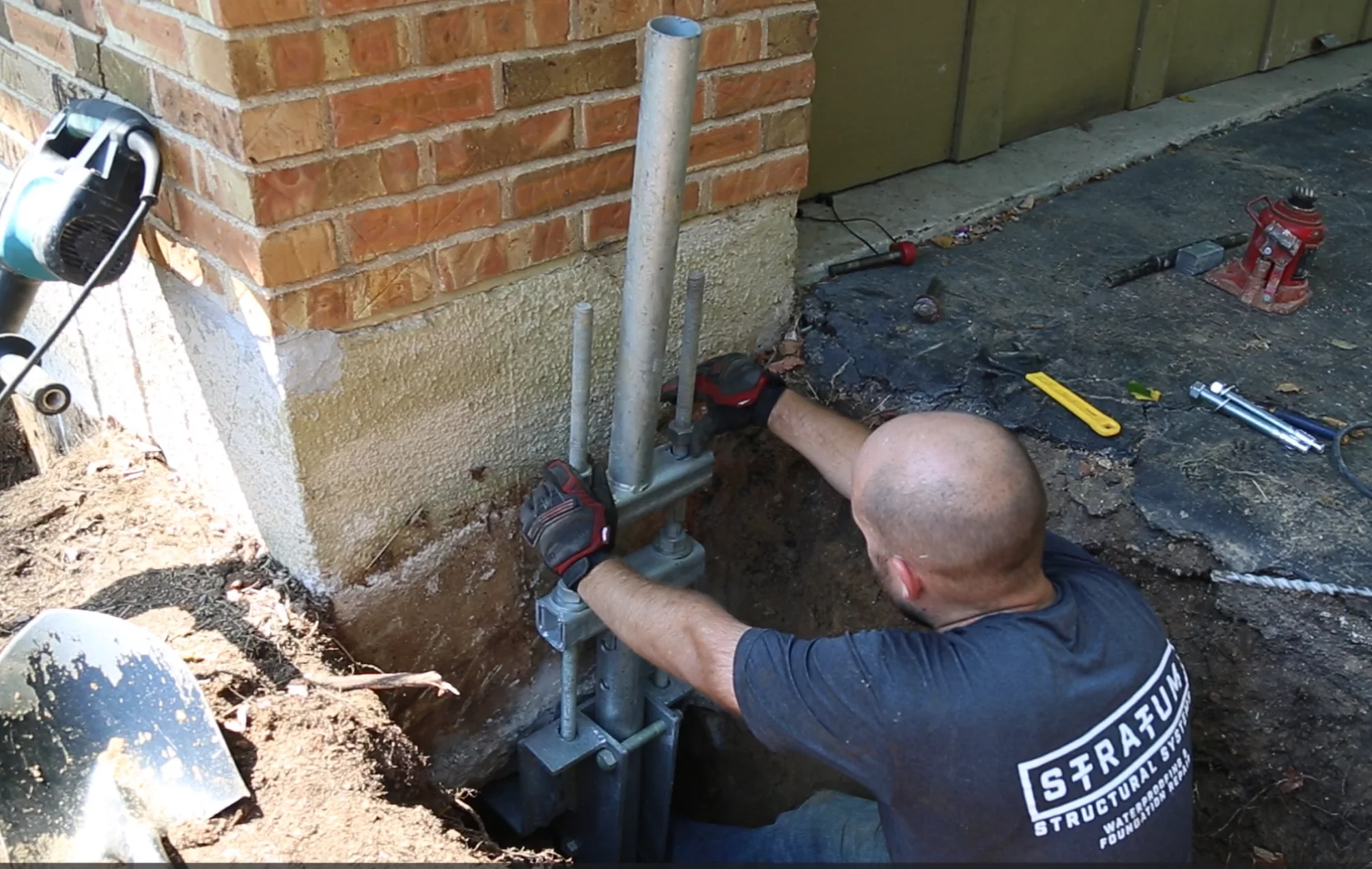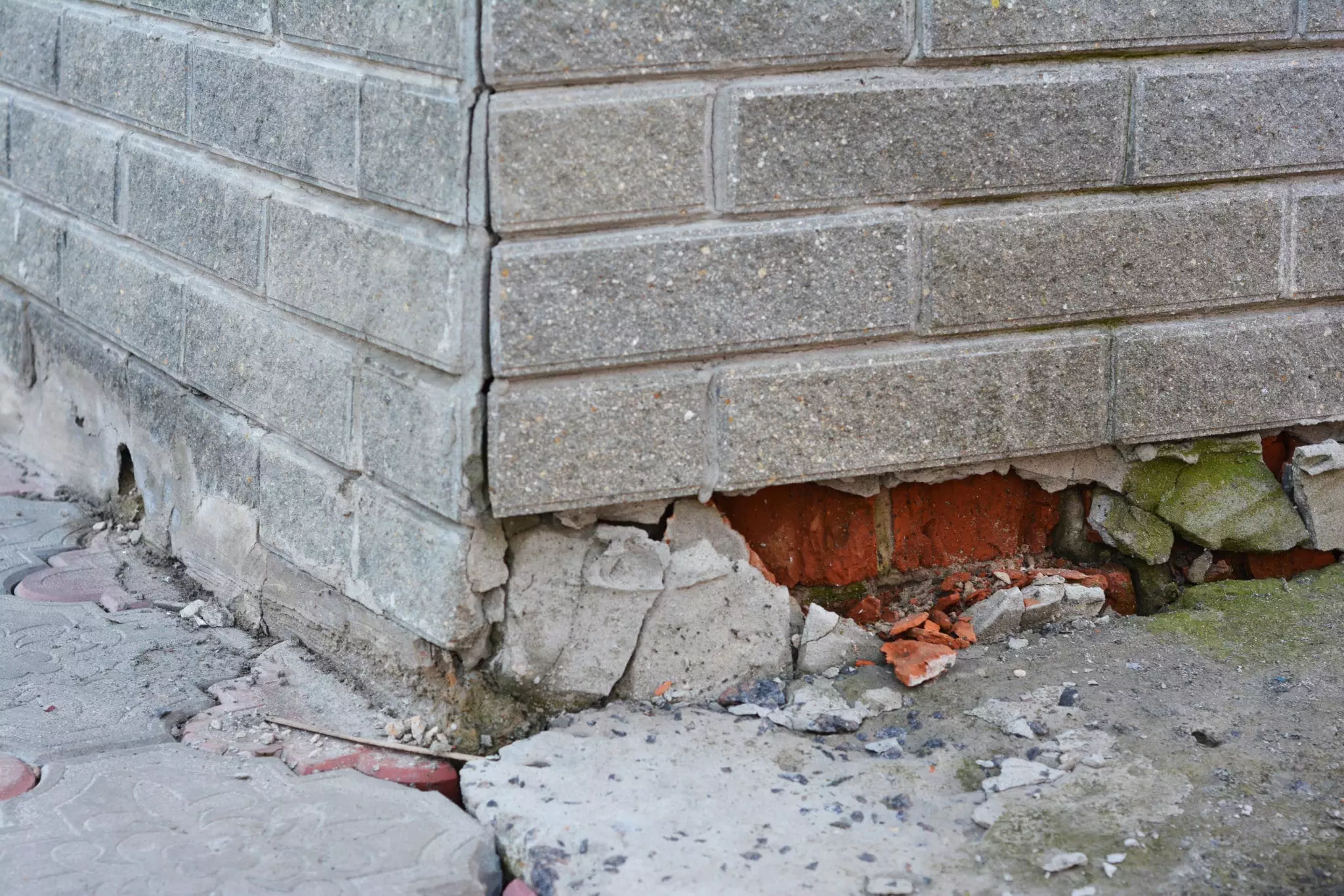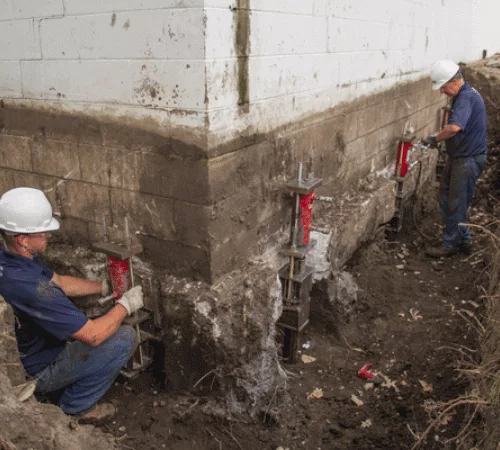
Get Rid of Foundation Movement, Once and For All
Have you noticed any cracks creeping along your walls or floors recently? You’re not alone. Foundation movement is a common concern for homeowners, especially in areas with fluctuating weather patterns and soil types. With the news buzzing about increasing home repairs due to unpredictable weather, it’s crucial to understand what’s happening beneath your feet. Recognizing the signs of trouble early can save you from costly repairs later on.
Understanding the root causes of these issues is important. Problems like foundation settlement or heave can affect your home’s structural integrity, leading to visible cracks and other damages. Fortunately, there are effective solutions like foundation repair, underpinning, and soil stabilization that can address these issues, ensuring your home stays safe and stable.
Wondering how to protect your home? You’re in the right place. Discover how a foundation inspection can pinpoint areas that need attention and learn practical steps to keep your concrete foundation in tip-top shape. Dive in and safeguard your home against future complications. Let’s get started!
Within the post
Understanding Foundation Movement
When you notice changes in your home, like cracks in the walls or doors that won’t close properly, you might be dealing with foundation movement causes. This movement happens when the ground underneath your house shifts. It can lead to serious problems if not addressed. Understanding why this occurs is key to stopping it from causing more damage.
Common Signs
One of the first things you might see are cracks in walls or ceilings. These small foundation cracks can grow over time, leading to bigger issues. You might also find that your floors aren’t level anymore. When you try to roll a ball across the floor, it might veer off to one side instead of going straight.
Another sign to watch for is doors and windows that get stuck. If you’ve noticed that your doors are hard to open or that windows don’t slide smoothly, these can be signs of foundation settlement. When the foundation settles unevenly, it can cause frames to twist, making it hard for them to function properly.
Effects on Your Home
Foundation movement affects your home’s structural integrity. This means that the very framework keeping your house standing strong is compromised. The walls, floors, and beams could all be at risk if the foundation isn’t stable. It’s not just about fixing the cracks but ensuring the whole structure is safe.
Left unchecked, foundation problems can lead to long-term damage. This might mean more than cosmetic repairs. You might face serious issues, like walls buckling or floors collapsing. Therefore, knowing these signs early can save you a lot of trouble and money in the long run.
Factors Influencing Your Foundation
Soil Conditions
The type of soil under your house plays a big role in foundation movement solutions. Some soils expand and contract with moisture changes, causing the ground to shift. You need to recognize the importance of soil stabilization to keep the foundation steady. Clay soils, for instance, swell up when wet and shrink when dry, leading to significant movement.
You should learn about different soil types and how they can affect your foundation’s stability. Sandy soil, for example, drains well and doesn’t change much with water. On the other hand, silty soil holds water, which can lead to issues if not managed properly. Each type brings its own challenges that you need to address.
Weather Impact
Weather plays a huge role in how your foundation behaves. Heavy rains can lead to soil erosion or flooding, affecting the foundation’s support. After heavy rain, you might notice changes in the foundation, like new cracks or increased settling. This is because the water can wash away the soil or cause it to swell.
Conversely, during dry periods, the soil can shrink and create gaps under your foundation. These gaps can lead to uneven settling over time. You should be aware of these weather impacts and take steps to mitigate them, like improving drainage around your home.
Trees and Vegetation
Trees and plants around your house can influence your foundation more than you might realize. Tree roots can grow under the foundation, causing pressure and lifting it. This is known as foundation heave. It’s important to understand how roots can disturb your home and what you can do about it.
The impact on a concrete foundation can be significant. Concrete can crack or shift if roots push against it. To protect your home, you might consider tree removal or installing root barriers. These barriers can stop roots from getting too close to your foundation and minimize potential damage.
- Tree removal
- Root barrier installation
Installing these preventative measures helps you avoid the problems caused by intrusive roots. They allow you to enjoy your garden without worrying about hidden damage happening under the surface.
Effective Foundation Inspection Methods
Performing regular inspections is key to keeping your foundation healthy. By checking frequently, you can catch problems early before they become bigger. This means fewer headaches and expenses for you down the line.
Professional Assessment
Sometimes, you need expert help to ensure everything is in order. Hiring a professional to inspect your foundation can be a wise decision. Experts for thorough inspections have the equipment and knowledge to detect even small issues. They can spot warning signs you might miss and suggest the best action to take.
By catching problems early, you avoid costly repairs later. Regular inspections and maintenance help maintain your home’s value and integrity. It’s an investment that pays off in peace of mind and in your wallet.
DIY Checks
If you prefer to do things yourself, there are simple checks you can perform at home. Look for signs of small foundation cracks, especially in the basement or around the exterior. You can use a flashlight to look for gaps, bulges, or unusual shifts. These checks are easy and don’t take much time.
You can also monitor changes by marking cracks with a pencil and checking back after a few months. If they grow longer or wider, it’s time to call in a professional. Regular DIY checks allow you to monitor your foundation’s health between professional assessments, giving you more control over your home’s maintenance.
Foundation Repair Solutions
Foundation Underpinning
A strong foundation is crucial for your home’s stability. Stabilize foundations efficiently through underpinning, which involves strengthening and supporting the foundation. Underpinning can be essential when the existing foundation is failing or unstable.
Knowing when underpinning is necessary is important. Signs include severe cracking, sinking, or when other repairs haven’t solved the issue. Underpinning can be a lasting solution to keep your home safe and sound.
Foundation Heave Management
Managing foundation heave is crucial to avoid further problems. Heave occurs when soil swells underneath the foundation, pushing it upward. Addressing this issue can prevent damage like cracks and uneven flooring.
To prevent future heaving, you might need to adjust landscaping to keep water away from the foundation. Ensuring proper drainage and using moisture barriers can help control the soil moisture level. This keeps the foundation stable and helps you avoid costly repairs.
Repairing Foundation Cracks
When cracks appear in your foundation, it’s essential to repair them promptly. Ignoring them can lead to more significant issues. You can fill small cracks with epoxy or sealant to prevent water from getting in and causing further damage. For larger or more complex cracks, you should seek professional help to ensure they are repaired correctly.
Preventative Measures and Maintenance
Maintaining your foundation’s structural integrity over time requires ongoing care. Regular maintenance helps ensure that your foundation remains strong and capable of supporting your home.
Regular Maintenance
Routine maintenance checks are a simple yet effective way to keep your foundation healthy. Create a schedule for inspections and stick to it. Regular checks allow you to catch small issues before they turn into major problems.
Ensuring the longevity of concrete foundation involves more than just looking for cracks. You should also manage moisture levels around the house, ensure proper drainage, and trim back vegetation that could pose a risk. These actions will help you keep your home safe and sound.
Long-term Solutions for Foundation Stability
For a foundation that remains stable over the years, you need to think long-term. Quick fixes might help in the short term, but lasting stability comes from well-thought-out solutions.
Future-proofing Strategies
Implementing long-term stabilization plans is key to having a secure foundation. This might involve reinforcing the soil, using advanced materials, or reworking drainage systems. These strategies aim to tackle the root causes of foundation movement.
Ensuring enduring foundation health isn’t just about repairs but about preventing issues before they begin. You can consult with experts to design a plan that meets your home’s specific needs and conditions, providing peace of mind for years to come.
Adopting New Technologies
Exploring advanced repair technologies can offer new solutions to age-old problems. Techniques like helical piers or carbon fiber reinforcements provide modern answers to foundation issues. Staying updated on innovations helps you choose the best options available.
Adopting these technologies can offer more efficient and reliable repair methods. By incorporating them into your maintenance plan, you’re ensuring your foundation remains stable and secure, protecting your investment and keeping your home safe.
Your Path to a Stronger Home
Strengthening your home begins with understanding the signs of issues beneath it. By addressing these problems, you protect not only your structural integrity but also your peace of mind. Solutions like foundation repair and soil stabilization ensure your home stands firm, preventing future headaches while preserving its value.
Start by scheduling a foundation inspection. This step helps identify any cracks or signs of settlement before they grow. Once you know what’s needed, you can plan for repairs or even consider foundation underpinning if necessary. Also, keep an eye on changes in your home’s condition to act promptly when required.
Take charge of your home’s future today. Contact a qualified professional for an inspection, and let them guide you toward effective solutions. Your home deserves the best care, so make that call and feel confident in your safe, sturdy haven.







